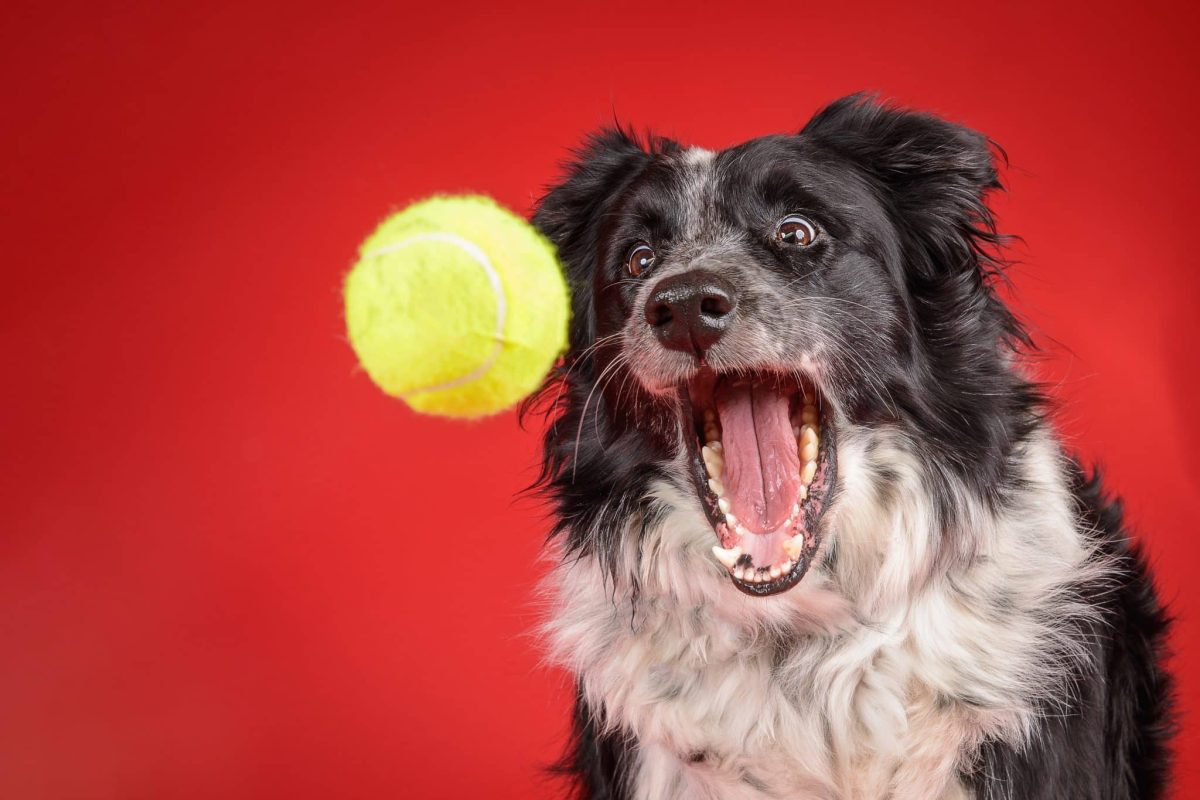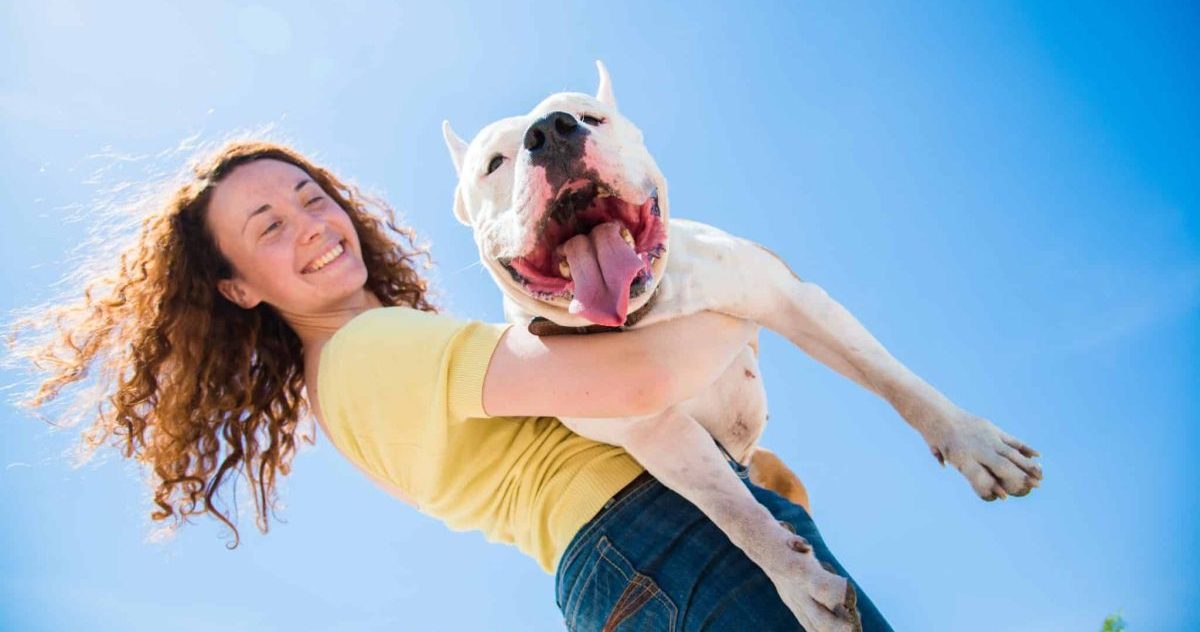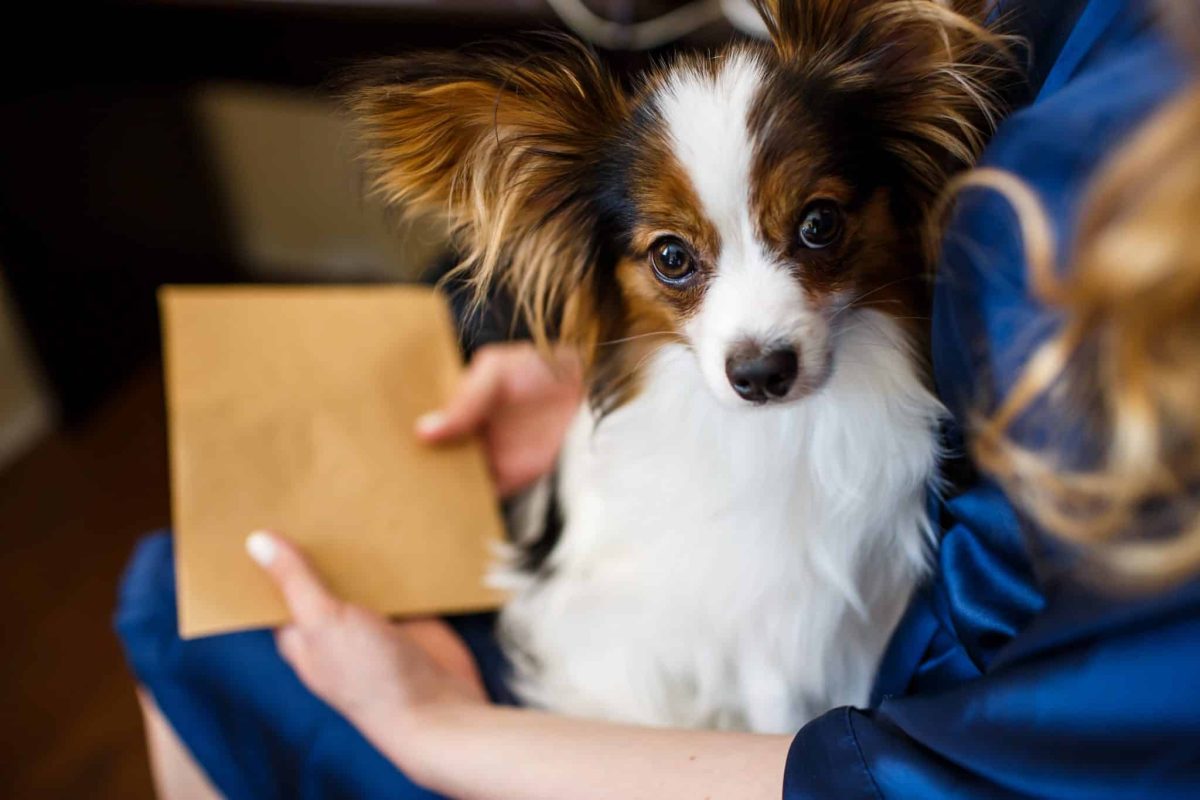Yes, dogs can eat radicchio, as it is not toxic to them. Radicchio, a type of leafy vegetable belonging to the chicory family, is commonly used in human cuisine for its distinctive flavor and vibrant color. While it is safe for canine consumption, it’s essential to consider the nutritional benefits and potential risks associated with feeding radicchio to dogs.
When introducing new foods into your dog’s diet, it’s crucial to understand both the benefits and the precautions. Radicchio offers several nutritional advantages, including vitamins K and E, antioxidants, and dietary fiber. However, its high fiber content and bitter taste may cause digestive upset if consumed excessively. In this article, we will delve into the details of how radicchio can be a healthy addition to your dog’s meals, while also highlighting the importance of moderation and veterinary guidance.
Can Dogs Eat Radicchio?
Yes, dogs can eat radicchio. This leafy vegetable is generally safe for canine consumption, as it is not toxic to them. However, it’s crucial to introduce it into their diet with caution and in moderation.
Safety Assessment
Radicchio is non-toxic to dogs, making it a safe choice when fed in appropriate amounts. It belongs to the chicory family and shares similarities with other vegetables like endives and green cabbage. Despite its safety, it’s essential to consult with a veterinarian before adding any new foods to your dog’s diet to ensure compatibility with their specific health needs.
Nutritional Benefits
Radicchio, a vibrant red leafy vegetable, offers a range of nutritional benefits that can enhance the health and well-being of dogs. Its nutrient profile includes essential vitamins, antioxidants, and dietary fiber, making it a valuable addition to a dog’s diet when consumed in moderation.
Vitamins K and E
- Vitamin K: Radicchio is particularly rich in vitamin K, which plays a crucial role in blood clotting. This vitamin helps prevent anemia in dogs by ensuring that blood can clot properly, reducing the risk of excessive bleeding. Vitamin K also supports bone health by promoting osteoblastic activity, which is essential for bone formation and strengthening.
- Vitamin E: This vitamin is vital for maintaining healthy skin and coat in dogs. Vitamin E acts as an antioxidant, protecting the skin from oxidative damage and supporting overall skin health. It also helps maintain the integrity of the coat, ensuring it remains shiny and healthy.
Antioxidants
Radicchio contains a variety of antioxidants, including anthocyanins, which are responsible for its distinctive red color. These antioxidants help combat oxidative stress by neutralizing free radicals in the body. Oxidative stress can lead to cell damage and contribute to chronic diseases such as cancer and heart disease. By consuming radicchio, dogs can benefit from these protective effects, which may help maintain overall health and reduce the risk of age-related conditions.
Dietary Fiber
Radicchio is a good source of dietary fiber, which is essential for supporting a healthy digestive system in dogs. Fiber helps regulate bowel movements, ensuring regularity and preventing constipation. It also supports the growth of beneficial gut bacteria, contributing to a balanced gut microbiome. A healthy digestive system is crucial for nutrient absorption and overall well-being.
Folate and Cell Growth
Folate, or vitamin B9, is vital for cell growth and division. It supports the synthesis and repair of DNA and RNA, making it essential for young dogs during development and older dogs for maintaining health. Folate also aids in red blood cell formation and prevents anemia when combined with other nutrients like vitamin B12 and iron.
Precautions and Risks
While radicchio is generally considered safe for dogs to eat in moderation, there are several precautions and potential risks to be aware of:
1. Bitterness and Palatability
- Taste Preference: Radicchio has a distinctive bitter taste, which may not appeal to all dogs. Some dogs might reject it outright due to its bitterness.
- Introduction: Introduce radicchio gradually to ensure your dog can tolerate its taste and texture.
2. Digestive Concerns
- Quantity Control: Consuming radicchio in large quantities can lead to digestive upset, including mild diarrhea or stomach discomfort.
- Gradual Introduction: Start with small amounts to monitor your dog’s digestive response.
3. Laxative Effects
- Fiber Content: Radicchio is high in fiber, which can have a laxative effect if consumed excessively. This might lead to gastrointestinal issues like diarrhea.
- Moderation: Ensure radicchio is given in moderation to avoid these effects.
4. Preparation and Safety
- Cleaning: Radicchio can harbor dirt and bugs, so it’s crucial to clean it thoroughly before serving to your dog.
- Choking Hazard: Cut radicchio into bite-sized pieces to prevent choking hazards1.
5. Consultation with a Veterinarian
- Individual Needs: Every dog is unique, with different dietary needs and sensitivities. Always consult with a veterinarian before introducing new foods, including radicchio, into your dog’s diet.
6. Allergic Reactions or Sensitivities
- Monitoring: Keep an eye out for signs of allergic reactions or sensitivities, such as itching, vomiting, or lethargy. If any of these symptoms occur, discontinue use and consult a veterinarian.
By being aware of these precautions and risks, you can safely incorporate radicchio into your dog’s diet while minimizing potential adverse effects.
How to Safely Introduce Radicchio to Your Dog’s Diet
Consult a Veterinarian
Before introducing radicchio or any new food into your dog’s diet, it’s crucial to consult with a veterinarian. They can provide personalized advice based on your dog’s health status and dietary needs.
Preparation Methods
Radicchio can be served raw or cooked. Raw radicchio provides more nutrients but may be less palatable due to its bitterness. Cooking methods like roasting can make it more appealing without adding oils or spices that might upset your dog’s stomach. Ensure that the radicchio is thoroughly cleaned to remove dirt and bugs, and cut it into bite-sized pieces to prevent choking hazards.
Portion Control
Moderation is key when feeding radicchio to dogs. Start with small portions and monitor your dog’s reaction to avoid digestive issues. Gradually increase the amount if your dog tolerates it well.
Conclusion
In conclusion, dogs can safely eat radicchio in moderation, as it is not toxic and provides several health benefits. Radicchio is rich in nutrients like vitamin K, folate, antioxidants, and dietary fiber, which support blood clotting, cell growth, and digestive health. However, its bitter taste may not appeal to all dogs, and excessive consumption could lead to digestive upset. It is crucial to prepare radicchio properly by washing it thoroughly and cutting it into bite-sized pieces to avoid choking risks. Cooking methods like roasting are acceptable as long as no oils or spices are added. As with any new food, consult your veterinarian before introducing radicchio into your dog’s diet to ensure safety and compatibility with their nutritional needs.
Can all dogs eat radicchio?
Not all dogs enjoy the bitter taste of radicchio. If your dog dislikes it, alternatives like green cabbage or carrots may be better options.
Are there risks to feeding radicchio to dogs?
Feeding too much radicchio may cause digestive issues or allergic reactions. Always monitor your dog’s response and avoid overfeeding plant-based foods.
How should radicchio be prepared for dogs?
Wash radicchio thoroughly to remove dirt and bugs. Serve it raw or roasted without oils or spices, chopped into bite-sized pieces to prevent choking hazards.
What are the benefits of radicchio for dogs?
Radicchio provides essential nutrients like vitamin K for blood health and folate for cell function. Its low-calorie content makes it a good snack, especially for dogs needing weight control.
Can dogs eat radicchio safely?
Yes, radicchio is safe for dogs in moderation. It is low-calorie and rich in vitamin K and folate, supporting blood clotting and cell growth. Always consult your veterinarian before introducing new foods.
Final Advice
While radicchio can be a nutritious addition to your dog’s diet, it’s essential to consult with a veterinarian before introducing it. They can help tailor a diet that meets your dog’s specific needs and health status. Always prioritize moderation and monitor your dog’s response to new foods to ensure their health and well-being.



















 English (US) ·
English (US) ·